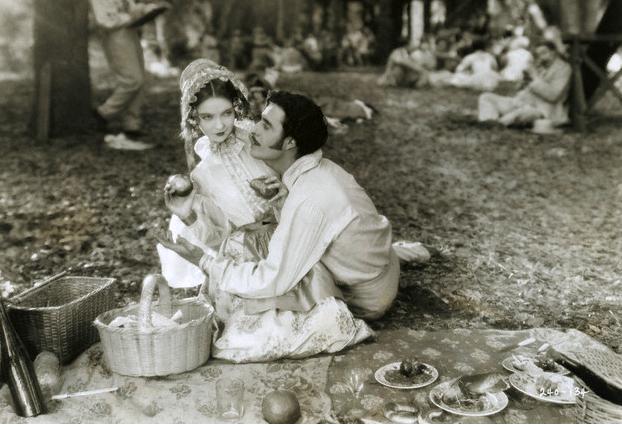 Vidor’s picnic in La Bohème narrates the critical moment when Mimi and Rodolpho fall in love. It’s absent from the screenplay’s sources: Puccini’s opera La Bohème and Henri Muger’s Scenes de la vie bohème (Scenes of Bohemian Life). The legend tells that Her first...
Vidor’s picnic in La Bohème narrates the critical moment when Mimi and Rodolpho fall in love. It’s absent from the screenplay’s sources: Puccini’s opera La Bohème and Henri Muger’s Scenes de la vie bohème (Scenes of Bohemian Life). The legend tells that Her first...
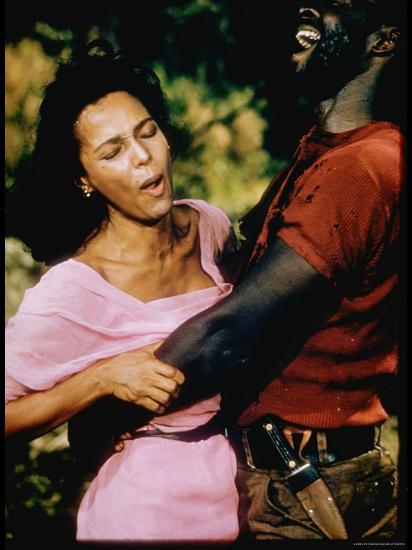 According to Heyward, “It was the day set for the grand parade and picnic of “The Sons and Daughters of Repent Ye Saith the Lord,” and, with the first light of morning, Catfish Row had burst into a fever of preparation.” Expectations promise...
According to Heyward, “It was the day set for the grand parade and picnic of “The Sons and Daughters of Repent Ye Saith the Lord,” and, with the first light of morning, Catfish Row had burst into a fever of preparation.” Expectations promise...
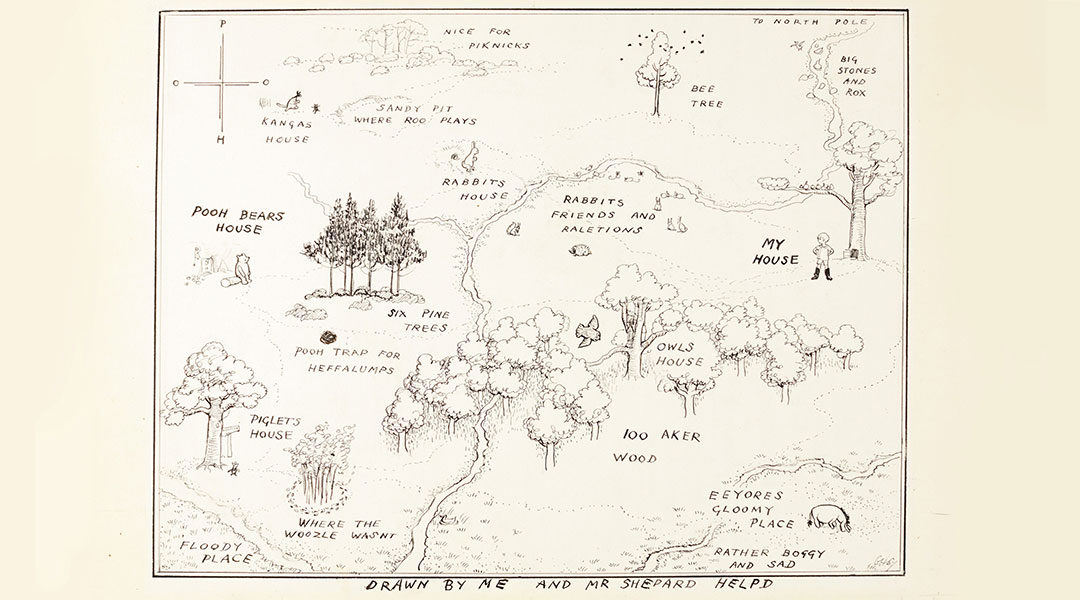 Shepard The original Pooh illustrations were line drawings and were not colorized until later. The area marked “Nice for picnicks” is at the top, slightly left of center. Shepard also illustrated Kenneth Grahame’s The Wind in the Willows (1931) See E.H. Shepherd. Map...
Shepard The original Pooh illustrations were line drawings and were not colorized until later. The area marked “Nice for picnicks” is at the top, slightly left of center. Shepard also illustrated Kenneth Grahame’s The Wind in the Willows (1931) See E.H. Shepherd. Map...
 Conrad Aiken’s “Strange Moonlight” (1925) is a moody picnic story. It’s an elegy on death seen through the eyes of an unnamed young boy, somewhere between nine and eleven years old, who is bewildering affected by the death of his dear friend...
Conrad Aiken’s “Strange Moonlight” (1925) is a moody picnic story. It’s an elegy on death seen through the eyes of an unnamed young boy, somewhere between nine and eleven years old, who is bewildering affected by the death of his dear friend...
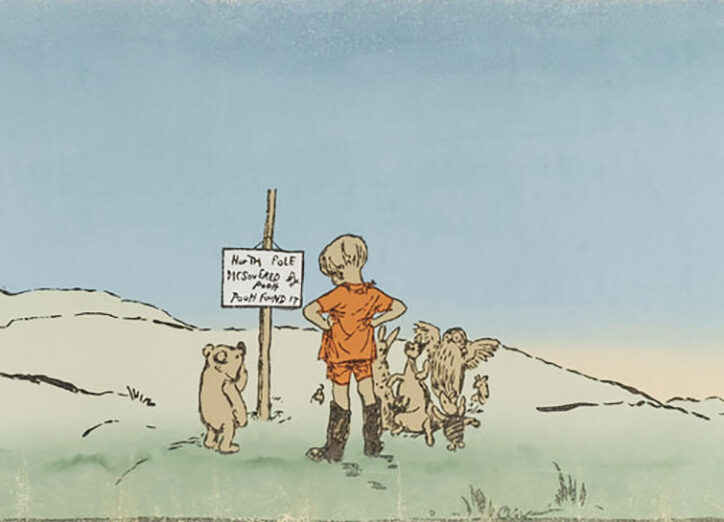 When Christopher Robin organizes an “Expotition” to the North Pole, his friends are unsure what he means. “We are all going on an Expedition,” said Christopher Robin, as he got up and brushed himself. “Thank you, Pooh.” ”...
When Christopher Robin organizes an “Expotition” to the North Pole, his friends are unsure what he means. “We are all going on an Expedition,” said Christopher Robin, as he got up and brushed himself. “Thank you, Pooh.” ”...
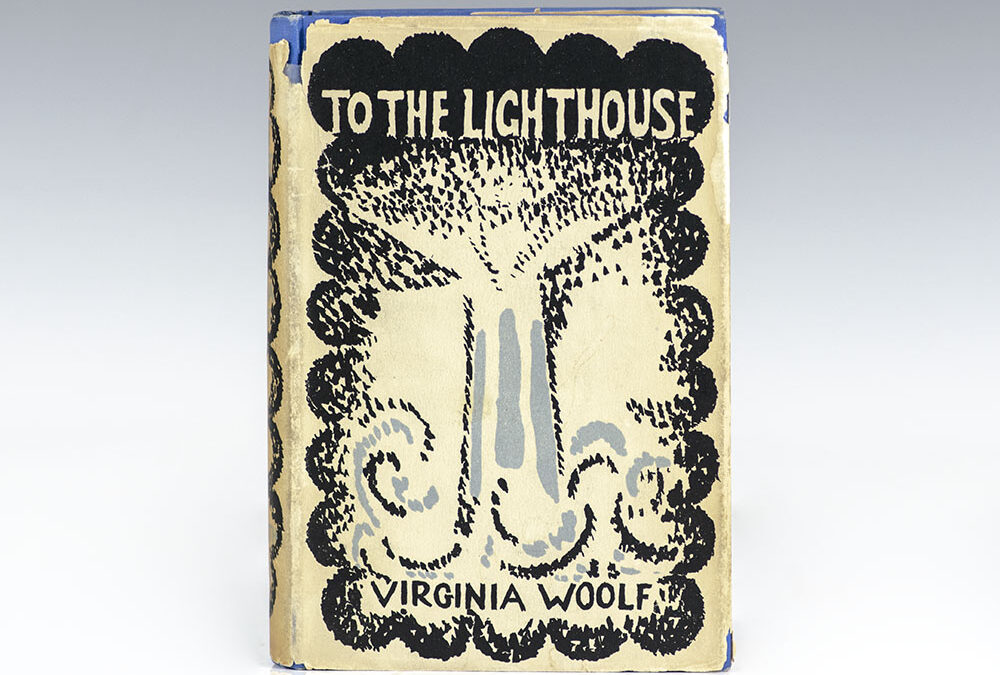 Except for the picnic on Monte Rosa in The Voyage Out, Woolf’s other picnic is in To the lighthouse. It’s a skimpy lunch shared by Mr. Ramsay, James, and Camas as they sail to the lighthouse. Just before reaching the island, Mr. Ramsay announces that...
Except for the picnic on Monte Rosa in The Voyage Out, Woolf’s other picnic is in To the lighthouse. It’s a skimpy lunch shared by Mr. Ramsay, James, and Camas as they sail to the lighthouse. Just before reaching the island, Mr. Ramsay announces that...
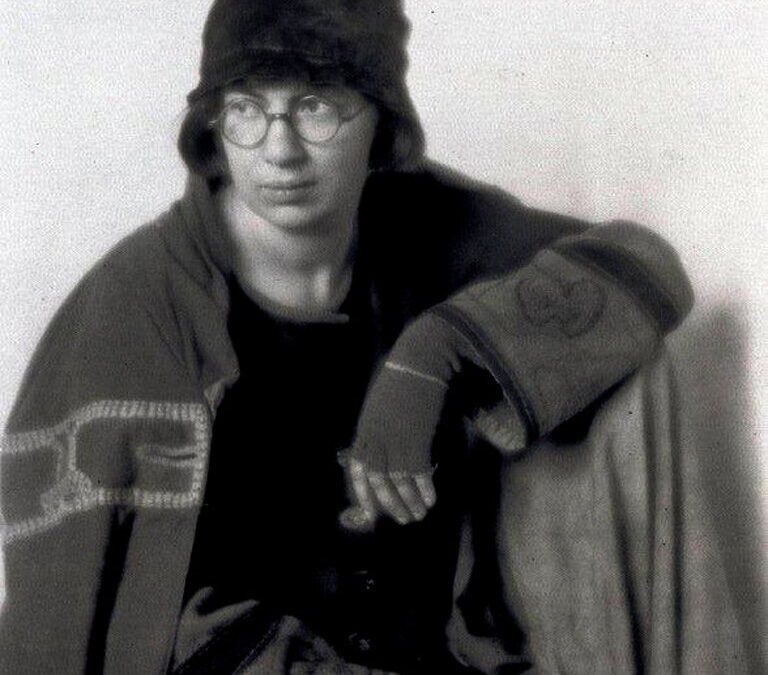 Zorach’s The Picnic looks like a happy picnic. A family has motored to the country and settled on a hillside for a relaxing afternoon. In the foreground, a woman in a red sweater is reclining. Behind her, the mother, a woman in blue, is unpacking foods, a man with a...
Zorach’s The Picnic looks like a happy picnic. A family has motored to the country and settled on a hillside for a relaxing afternoon. In the foreground, a woman in a red sweater is reclining. Behind her, the mother, a woman in blue, is unpacking foods, a man with a...
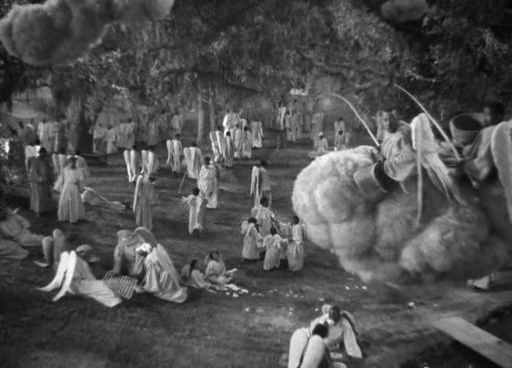 Bradford did not see it, but Ol’ Man Adam is imbued with his inherent racism. He means to entertain by portraying rural, uneducated happy-go-lucky African Americans retelling Old Testament stories in a dialect that’s more Bradford’s than theirs....
Dwight’s beach scene is no picnic. It’s a crowded Coney Island scene with a humous twist. Compare Dwight’s beach scene with John Sloan’s South Beach Bathers (1908) and Reginald Marsh’s Beach Picnic (11939). Featured Image: Mable Dwight’s Coney Island...
Bradford did not see it, but Ol’ Man Adam is imbued with his inherent racism. He means to entertain by portraying rural, uneducated happy-go-lucky African Americans retelling Old Testament stories in a dialect that’s more Bradford’s than theirs....
Dwight’s beach scene is no picnic. It’s a crowded Coney Island scene with a humous twist. Compare Dwight’s beach scene with John Sloan’s South Beach Bathers (1908) and Reginald Marsh’s Beach Picnic (11939). Featured Image: Mable Dwight’s Coney Island...
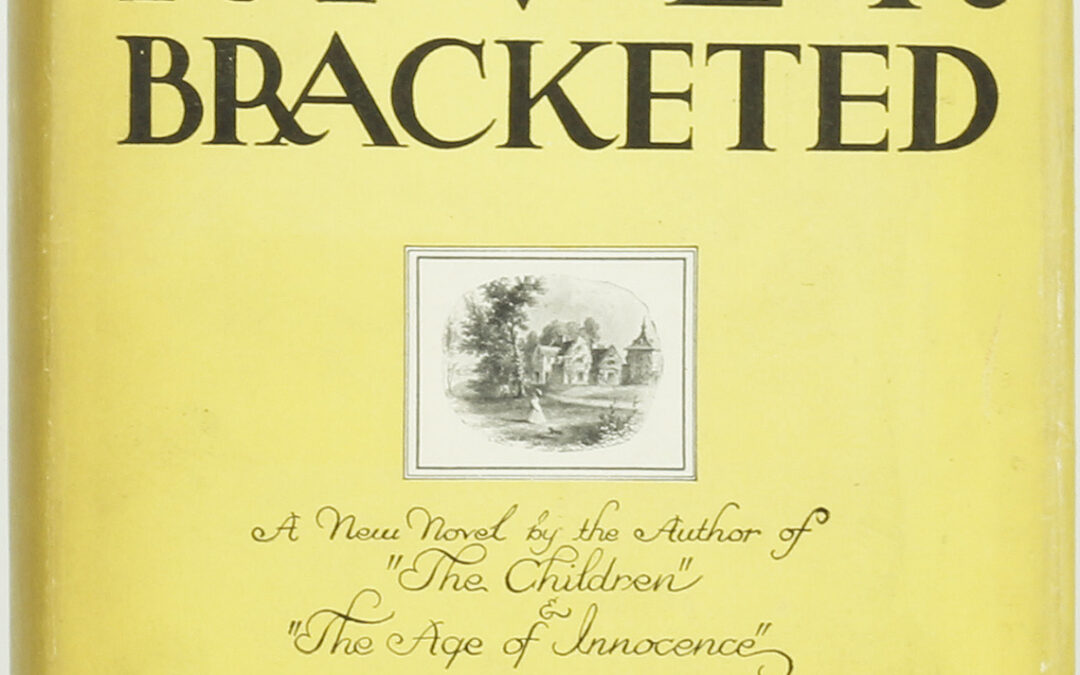 Wharton’s Hudson River Bracketed has two picnics, and I’ll treat each as a separate posting. Each picnic features the protagonist Vance Weston with different women, Halo (Héloïse) Spear on Thundertop Mountain at sunrise over the Hudson River, and Laura Lou...
Wharton’s Hudson River Bracketed has two picnics, and I’ll treat each as a separate posting. Each picnic features the protagonist Vance Weston with different women, Halo (Héloïse) Spear on Thundertop Mountain at sunrise over the Hudson River, and Laura Lou...










